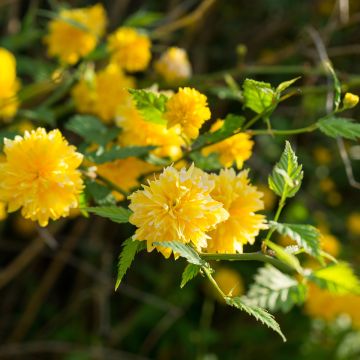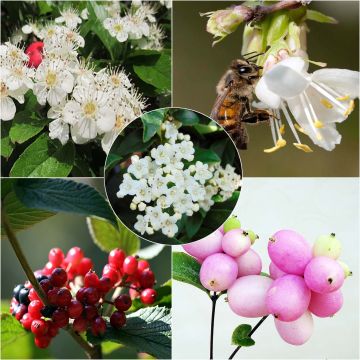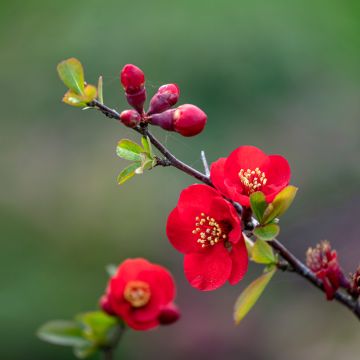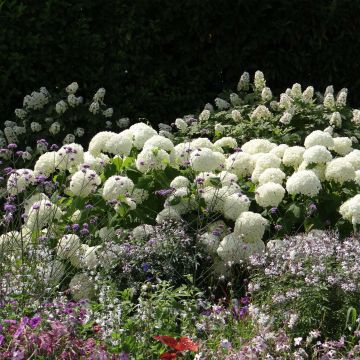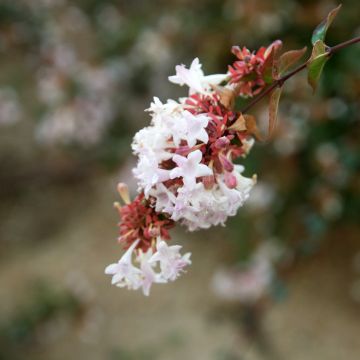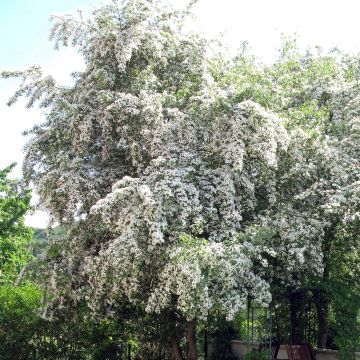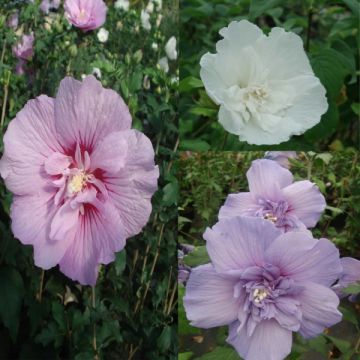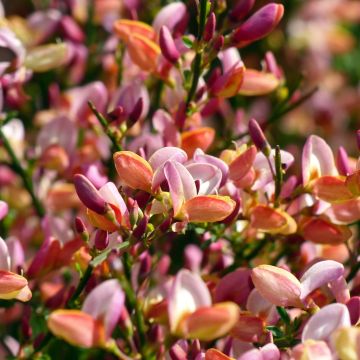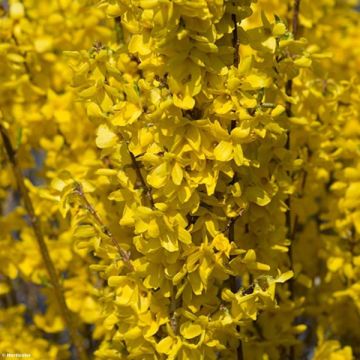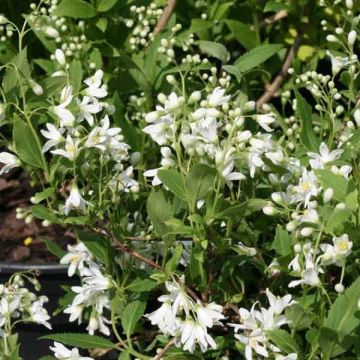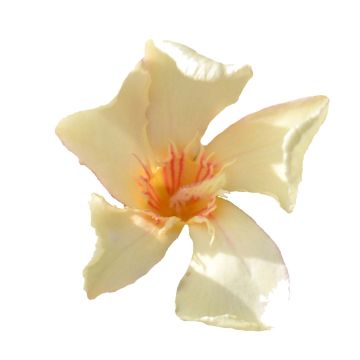Flowering hedge
Does this plant fit my garden? Set up your Plantfit profile →
Available in 1 sizes
Available in 3 sizes
Available in 3 sizes
Available in 5 sizes
Available in 1 sizes
Available in 1 sizes
Available in 3 sizes
Available in 1 sizes
Available in 2 sizes
Available in 5 sizes
Available in 1 sizes

Available in 2 sizes
Available in 1 sizes
Available in 4 sizes
Available in 1 sizes
Available in 2 sizes
Available in 2 sizes
Available in 2 sizes
Available in 2 sizes
Available in 3 sizes
Available in 2 sizes
Available in 3 sizes
Available in 3 sizes

Available in 4 sizes
Available in 2 sizes
Available in 4 sizes
Available in 2 sizes
Available in 2 sizes
Available in 2 sizes
Available in 3 sizes
Available in 1 sizes

Available in 3 sizes
Available in 6 sizes

Available in 2 sizes
Available in 2 sizes
Available in 1 sizes
Available in 2 sizes
Available in 3 sizes
Available in 1 sizes
Available in 1 sizes
Available in 1 sizes
Available in 1 sizes
Available in 2 sizes
Available in 3 sizes
Available in 1 sizes
Available in 3 sizes
Available in 2 sizes
Available in 1 sizes
Available in 1 sizes
A flowering hedge, often grown freely without pruning, changes colour throughout the seasons and flowering periods. It combines bushes whose flowering can be in spring, summer, autumn, and even winter. A spring flowering hedge could consist, for example, of Forsythia, flowering currants or gooseberries, and white spireas; a summer hedge of hibiscus or buddleias; an autumn hedge of abelias and osmanthus; and a winter hedge of witch hazel or camellias. You can also create a four-season hedge by playing with staggered flowering periods of the different varieties you have chosen. Seasonal flowering hedges generally only require pruning after flowering to avoid compromising the formation of flower buds. By combining evergreen varieties like laurel, which retains its foliage in winter, with deciduous bushes like mock orange, you will prevent your hedge from being completely bare and unattractive in winter. Another major advantage of a mixed hedge is its resistance to diseases: the diversity of species that compose it greatly limits the epidemics that sometimes decimate monocultural hedges of conifers, for example.
There is no hedge more vibrant and rewarding than one that welcomes various species and varieties of bushes, and is surrounded by a whole host of birds and pollinating insects. Choose from among our wide range of plants to create the most beautiful flowering hedge in your garden.
<!-- td {border: 1px solid #ccc;}br {mso-data-placement:same-cell;} -->Haven't found what you were looking for?


















































